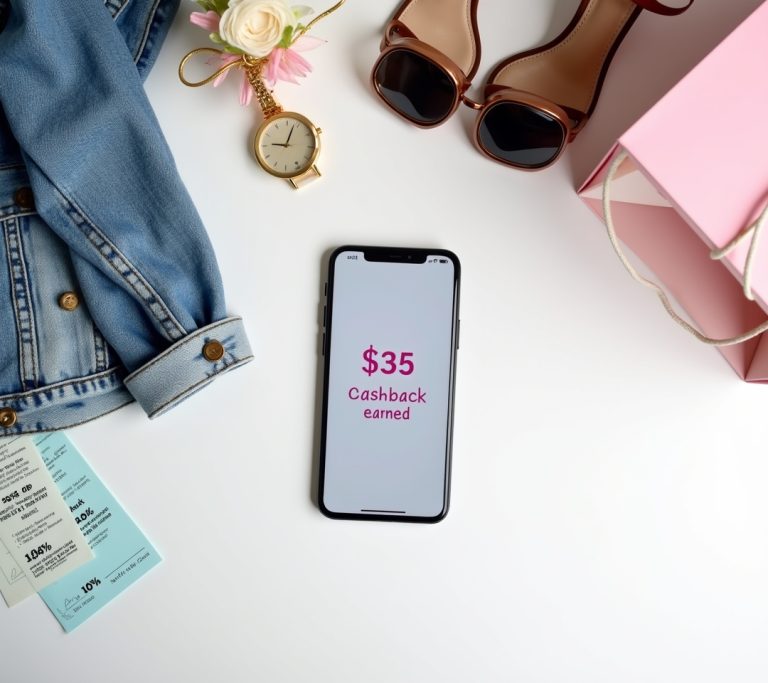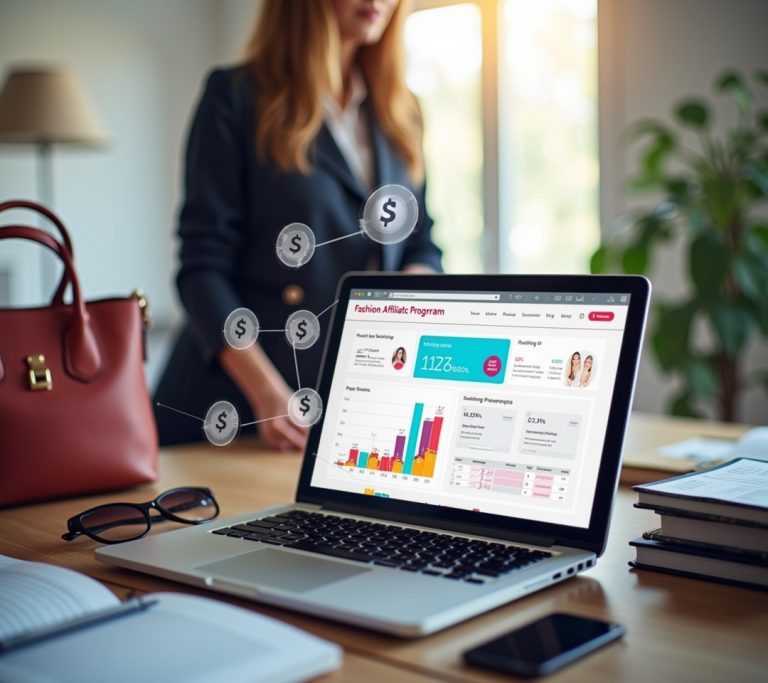Advertisements
Did you know that 93% of marketers are now using influencer partnerships as part of their strategy? I learned this the hard way when I first started my fashion blog three years ago. Back then, I was sending cold emails to brands and getting nowhere fast – it was like shouting into the void!
That’s when I discovered influencer marketing platforms, and honestly, it changed everything. These brand collaboration sites became my lifeline in the fashion world. Whether you’re a micro-influencer just starting out or someone with a decent following, understanding these platforms can make or break your success.
What Are Influencer Marketing Platforms Anyway?
Okay, so here’s the deal. Influencer marketing platforms are basically like dating apps, but for brands and content creators. They’re digital matchmakers that connect businesses with influencers who align with their target audience and values.
I remember when I first signed up for AspireIQ (now part of Hootsuite). I was so nervous about my follower count – only had about 2,000 at the time. But guess what? Some brands actually preferred working with smaller, more engaged audiences. Who knew?
Advertisements
These platforms handle everything from campaign management to payment processing. It’s pretty sweet once you get the hang of it.
The Fashion Influencer Platforms That Actually Work
Let me tell you about the fashion influencer platforms I’ve personally used and loved. GRIN was my first real success story – landed a partnership with a sustainable clothing brand that I still work with today!
Then there’s Upfluence, which I stumbled upon after a particularly frustrating week of radio silence from brands. Their search functionality is chef’s kiss. You can filter by niche, engagement rates, and even specific demographics.
Klear(Meltwater) is another gem, especially if you’re into data analytics. I’m a bit of a numbers nerd (okay, maybe more than a bit), so seeing detailed performance metrics gets me excited.
Pro tip: Don’t put all your eggs in one basket. I use multiple platforms because different brands prefer different networks.
Navigating Brand Collaboration Sites Like a Pro

Here’s where I made my biggest rookie mistake. I used to apply for every single campaign I saw. Big mistake! Quality over quantity, folks.
Brand collaboration sites work best when you’re selective and authentic. I learned this after getting rejected from about 20 campaigns in a row – talk about a confidence killer! But then I started focusing on brands that actually aligned with my content and values.
BrandSnob taught me the importance of reading campaign briefs thoroughly. They’re super detailed about what they expect, which honestly saved me from some awkward content creation moments.
Always read the fine print, and don’t be afraid to negotiate terms. I was way too passive in the beginning, but now I advocate for fair compensation and creative freedom.
Building Your Network Through Influencer Networks
Influencer networks aren’t just about finding brand deals – they’re about community. Tribe introduced me to some amazing creators who became genuine friends and collaborators.
The networking aspect is huge. I’ve gotten more opportunities through word-of-mouth recommendations from other influencers than from cold applications. It’s like having a professional cheerleading squad!
Some platforms even offer educational resources and workshops. Later Influence hosts these incredible webinars that helped me understand contract negotiations and content rights.
My Biggest Platform Fails (So You Don’t Have To)
Oh boy, where do I start? I once completely misunderstood a campaign brief and created content for summer when they wanted winter styling. The brand was not amused, and I definitely didn’t get paid for that one.
Another time, I forgot to disclose a partnership properly and got a stern warning from the FTC. Lesson learned: always use #ad or #sponsored clearly and prominently.
The worst was when I joined a platform without reading their terms of service. Turns out they took a 30% commission – way higher than industry standard. Always read the fine print, people!
Making These Platforms Work for Your Success

Success on these platforms comes down to consistency and authenticity. Your profile needs to showcase your best work, but more importantly, it needs to represent who you actually are as a creator.
Keep your media kit updated and professional. I use Canva for mine – it’s not fancy, but it gets the job done. Include your rates, audience demographics, and best-performing content examples.
Engage with the platform community too. Comment on other creators’ work, participate in discussions, and be genuinely supportive. The fashion influencer space can feel competitive, but there’s room for everyone to succeed.
Your Next Steps in the Influencer Game
Here’s the thing about influencer marketing platforms – they’re tools, not magic wands. Success still requires hard work, authentic content, and building genuine relationships with your audience and brand partners.
Start with one or two platforms that align with your niche and audience size. Don’t spread yourself too thin initially. Focus on creating amazing content and delivering results for brands, and the opportunities will follow.
Remember to stay true to your voice and values – your audience can tell when you’re being authentic versus just chasing a paycheck. Trust me on this one!
Ready to dive deeper into the world of fashion and influencer marketing? Head over to FashionPriceCut for more insider tips and strategies that can help you build your brand and find amazing deals along the way!



